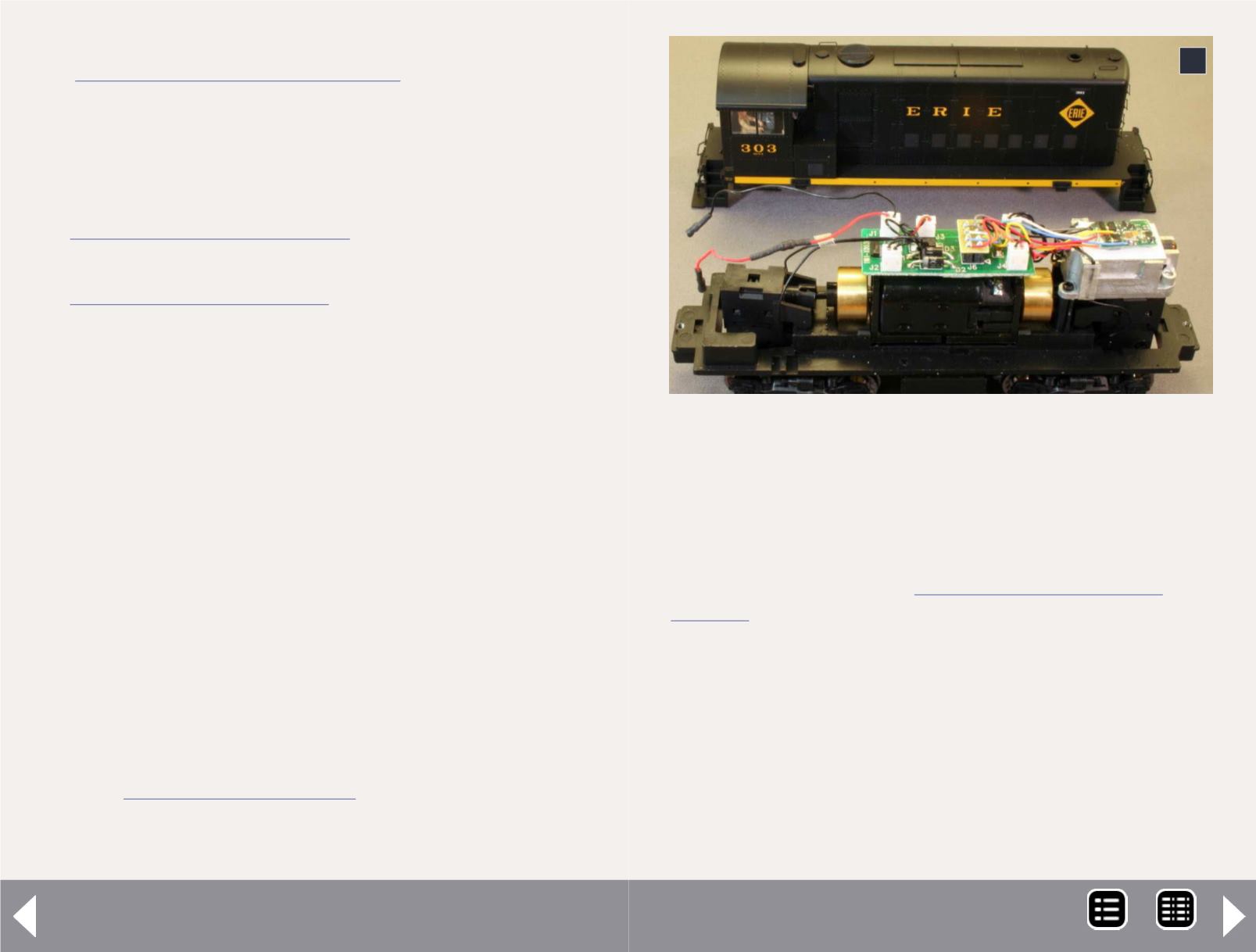
DCC Impulses Column - 2
response, too. See the video of my garden loco after being set
up:
Frequently, prototypes have a top speed in the 25 to 40 MPH
range, by capability or by rule, so I try to match it in scale.
Examples include:
Branch lines, like my HO Santa Maria Valley:
Narrow gauge, like my Fn3 Rocky Mountain Pacific:
Yard switchers - be they older switchers or road switchers
For now, let's just look at what we can do with our decoders
to provide realistic motor control. The sound effects can come
along later, once we have the motor response we want.
Getting your loco started
Isaac Newton described inertia (a body at rest tends to stay at
rest, etc.). Well, model locomotives have that in spades. Not
only do they have intrinsic mechanical inertia, but also we
intentionally add inertia, in the form of flywheels, when we
can. In addition, when surfaces, even metal, sit in contact for
a period of time, they develop stiction. This is a word derived
from sticking and friction to describe the physical mechanism
behind the need to give things a shove to get them moving.
Even a small switcher, such as the HO-scale HH660 shown in
figure 1 has two flywheels and lots of bearing surfaces. While
Nano-Oil
may help, there may still
be starting stiction issues. To get your loco rolling, you need to
overcome both the inertia of the drive system and the stiction.
Some background
Since this discussion revolves around a lot of electronic termi-
nology, you may wish to review my column on basic electronics
in the December 2012 issue
before you press on with this column.
In the DC (analog) days, fancy power packs had a pulse mode
that was an attempt to provide that shove to get the loco mov-
ing. At low speeds some pulses of voltage were added to the
low-level DC, in an attempt to overcome inertia and stiction.
In some of the power packs, pulse mode was used throughout
the speed range, as folks found they had smoother operation
that way. Pulse mode used throughout the entire speed range
is actually pulse width modulation (PWM).
1: Locomotive drive line with flywheels (HO Atlas
HH660).
1
MRH-Dec 2013


